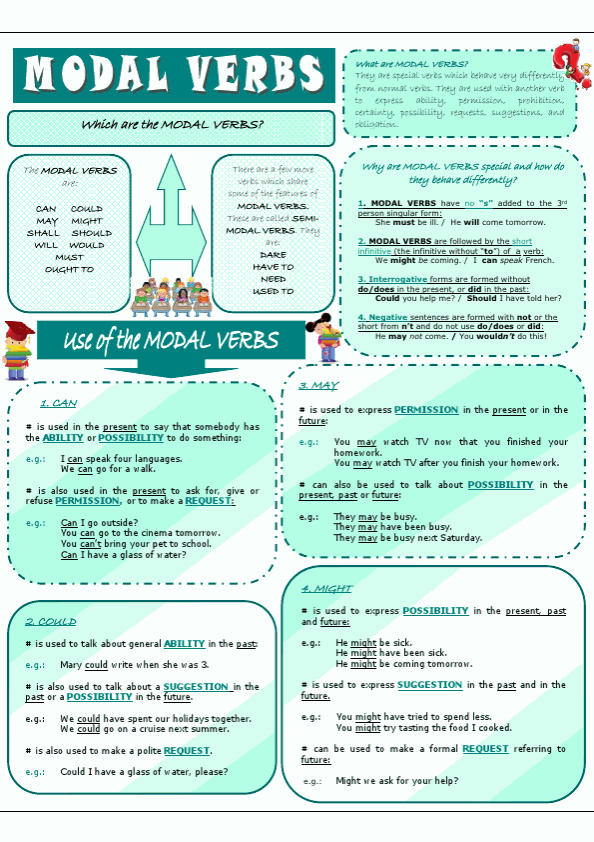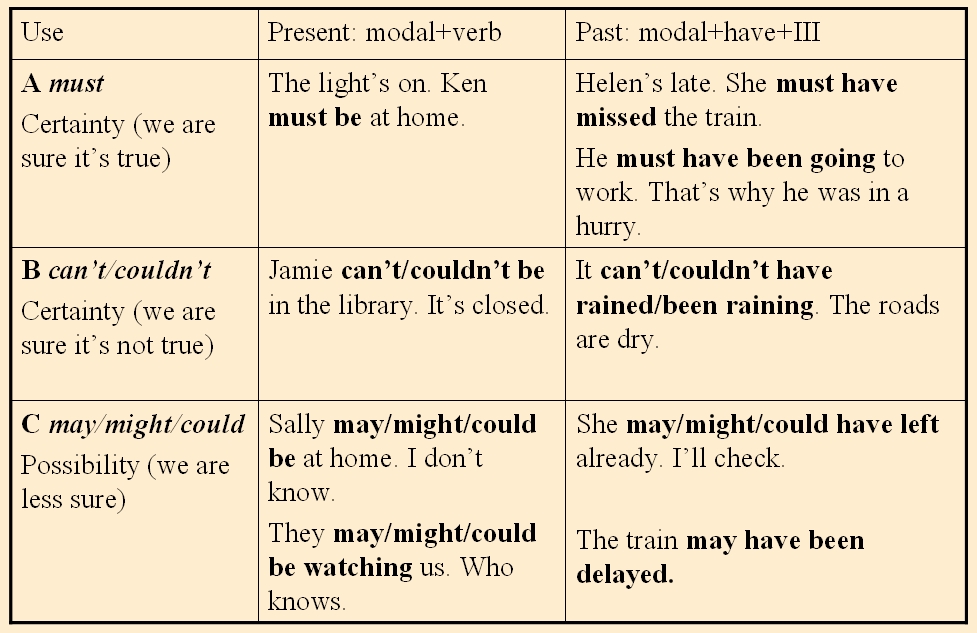


We can use both may and might to express a possibility or make a prediction. Possibility (in the past, present or future).May and might are modal verbs that can have a similar meaning. The only modal verb that doesn’t follow these rules is ‘have to’, which acts like a normal verb. These similarities can really help you when you speak because you don’t have to worry about different forms or rules. For example, She would like to be allowed to arrive ten minutes late. They are followed by the verb without ‘to’.For example, They couldn’t attend the meeting. We make the negative form by adding ‘not’.The question form is created by inverting the subject and the verb.Modal verbs don’t add -s for the third person singular, so the form is always the same.The convenient thing about modal verbs is that they all have some key things in common: Modal verbs can express obligation, advice, permission, offers, the future, and possibility. For example, the phrase “They go to school” can change meaning with a modal verb in the following ways: While auxiliary verbs help make questions and negatives and put a verb in a particular tense, modal verbs add a special meaning. So here’s your chance to find out more about these two important modal verbs, then you can practice using them yourself.Ī modal verb is a verb that is used in combination with a normal verb. Perhaps you’ve heard about ‘may’ and ‘might’ and not been sure about what they mean and when they’re used. You’ve probably already studied some modal verbs in English, like ‘can’ and ‘must’.


 0 kommentar(er)
0 kommentar(er)
